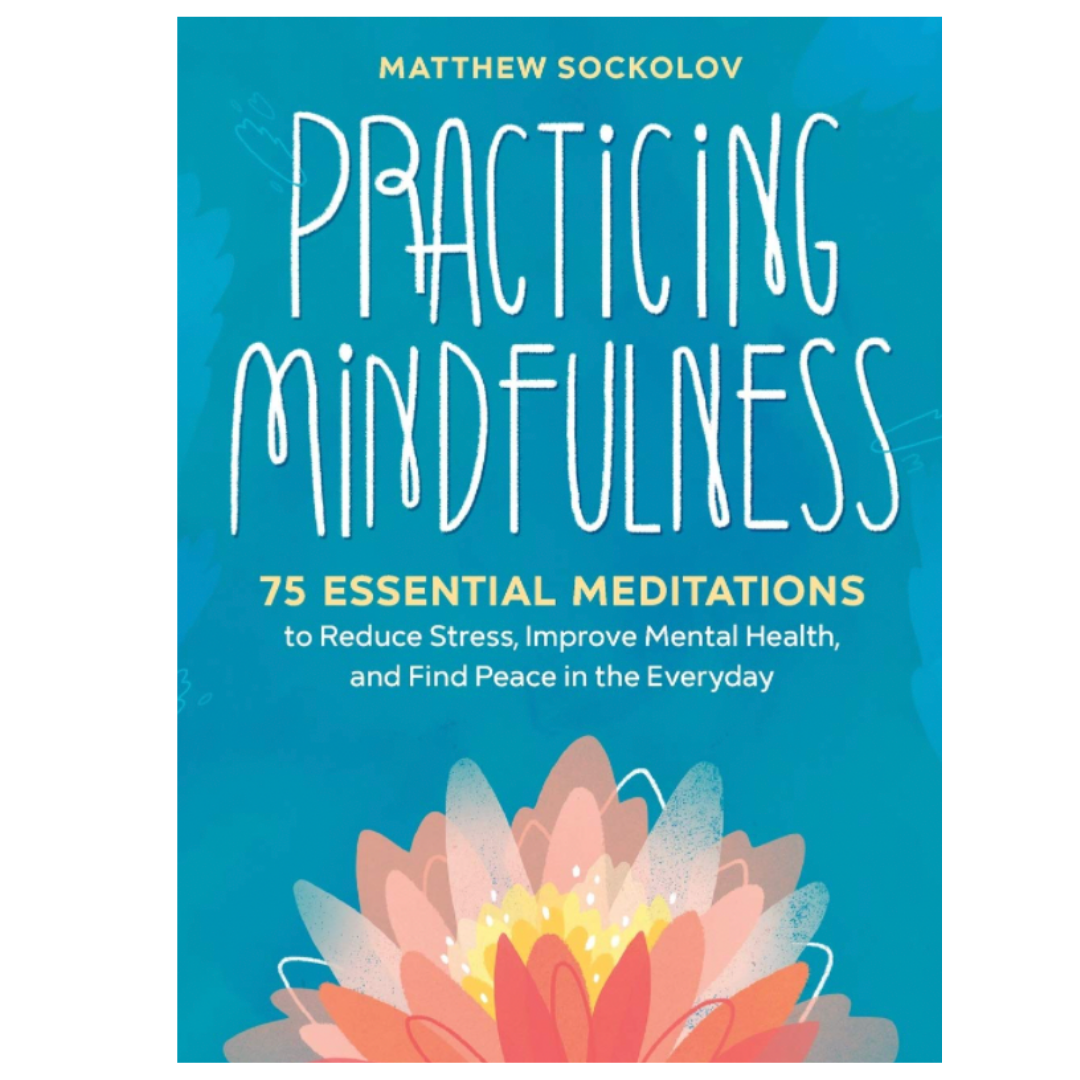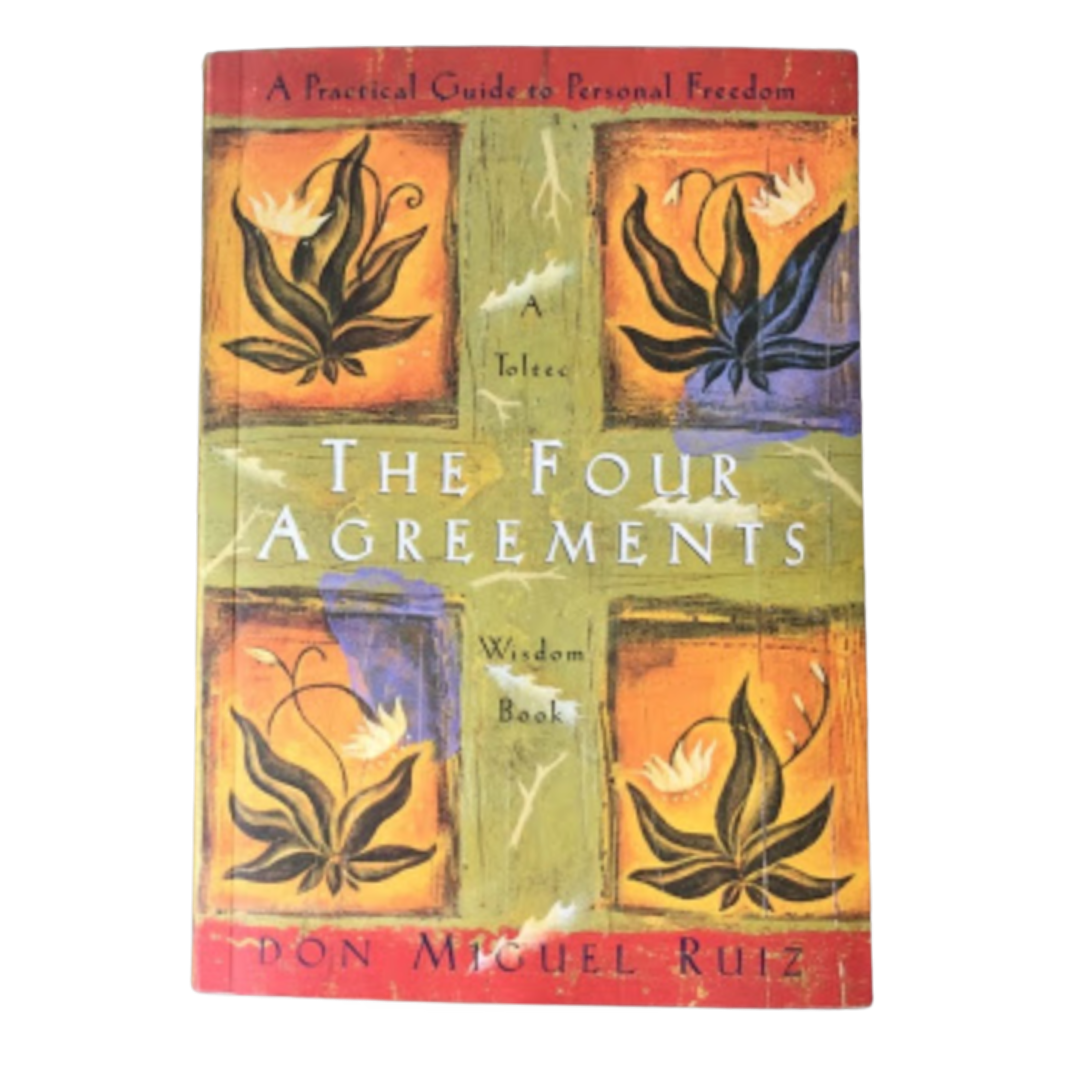Imagine this: you’ve gone through a terrible break-up. You miss your ex more than anything, and you do feel sad — but you can’t cry.
Not crying can be healthy, but it also might be a sign of an underlying physical or emotional problem. Read on to learn about different reasons why you’re not able to cry, the benefits of crying, and how to access your emotions if that’s keeping your floodgates locked shut.
Why Can’t I Cry?
There are lots of reasons why people have a hard time crying. Just because you rarely, or never, cry doesn’t automatically mean that you are repressing your emotions in an unhealthy way. It could just mean that you haven’t had anything happen to you that causes you to feel sad.
Unlikely? Yes. But some people are just blessed. If you never have any reason to feel sad, then consider yourself exceptionally lucky and trust that you’ll be able to cry when it’s appropriate to.
If you’re like the rest of us, though, you’ve probably gone through at least some events that have made you feel sad. Maybe you’ve lost a pet, gone through a break-up, or even just seen a tear-jerking movie. If you feel like crying and simply can’t, then that’s a different story — and it may, in fact, be unhealthy.
Some of the most common reasons that people aren’t able to cry include:
- Medical conditions: There are physical health conditions that affect your tear ducts, like dry eye syndrome, These conditions can cause dryness and make you literally unable to produce tears. A dry and windy environment, as well as certain medications, can also interrupt your ability to cry. If you think your inability to cry is physical, then you should see a healthcare provider to figure out what’s going on.
- Anhedonia or melancholic depression: Usually, people with depression cry a lot more than usual. There’s a subset of depression, though, that’s called melancholic depression. This causes people to experience anhedonia, or apathy. They might feel totally numb or flat, and be unable to feel their feelings to their full extent.
- Repressed feelings: Sometimes, there’s nothing physically wrong with us — we just can’t cry. This might be a sign that you’re repressing your feelings. There are a lot of reasons why people repress their feelings. Especially if you had a traumatic childhood, you might have learned to block yourself off from your unbearably painful feelings.
- Social stigma: Unfortunately, social stigma or personal beliefs about crying is one of the main reasons that people can’t cry. This is especially true for men in most cultures. Men often are brought up being subject to implicit messaging like “Real men don’t cry.” Crying doesn’t imply weakness, and your logical mind might know that — but it’s hard work to unlearn a lifetime of conditioning.
Is Crying Healthy?
Psychological research has found that crying has many mental and physical health benefits.
Eye Health
The physical act of shedding tears keeps your eyes healthy. Tears can wash away bacteria and dirt, and protect them from infection.
Lowers Stress
There’s actual science behind the idea that you’ll feel better after you cry. Crying activates your parasynthetic nervous system, which is the system that’s responsible for your body’s relaxation response. The relaxation response can counteract the negative effects of the stress response.
Makes Pain Go Away
Another way crying scientifically makes us feel better is through the release of endorphins. You’ve probably heard about endorphins as the “happy chemicals” that get released when we exercise or have sex. When we cry, our body releases endorphins, which calms us down.
Expresses Emotions
It isn’t good for people to bottle up their emotions inside. Keeping strong feelings inside without sharing them with anyone can harm your health. Although crying isn’t the only way to express your emotions, it’s a healthy and normal way to do so.
A Cry for Help
Lastly, crying can help us communicate to other people that we’re in need of support. Think about it: when you see someone crying, you’re likely to be moved to give them a hug. If you never cry, then it might be harder for people to notice that you need their care.
Related Podcast: 15 Minutes On The Couch: "Suffering in Silence + Mental Health and the Black Community"
How to Feel Your Feelings and Let the Tears Flow
If you just can’t cry no matter how sad you feel, then try some of these exercises to open the floodgates and let the tears flow.
Journaling
The first step to crying is connecting to your emotions.
Journaling can be a great way to slowly get back in touch with your feelings. Sit down and try to be really mindful of your feelings. What emotions are you experiencing right now? If you’re very new to this, a “feelings chart” may be helpful. Do you feel angry, sad, happy? If you feel sad, what type of sad is it? Do you feel melancholy, nostalgic, heartbroken?
Labeling your feelings can help you become better able to express them.
Create Emotional Safety
Many people can’t cry because the fear of judgment is too high. If this describes you, then it’s probably too big of a step to try to cry in front of a large group of people. Create an emotionally safe place to allow the tears to flow. This might mean you start expressing yourself with someone you deeply trust, or that you start trying to access your deeper feelings when you’re alone.
Remove as many barriers as possible. If you’re anxious about someone walking in on you, then create a space where that’s not possible. If certain noises are distracting your thoughts, find a quiet place.
Go to Therapy
Finally, talking to a professional mental health therapist is one of the most helpful things you can do for your overall mental health. A therapist can help you to access feelings and memories that you may have buried. If a traumatic event is at the root of your inability to cry, there are specific psychological interventions that are designed to heal from those experiences.
A therapist can also help you challenge irrational thoughts about crying and replace them with more helpful ones. For example, they might ask you to gather evidence against the idea that “real men don’t cry.”
It’s Healthy to Cry
Again, it’s not going to hurt you not to cry. If you’ve just been too happy to cry for a time, then that’s great! Enjoy it.
If you want to cry and can’t, though, then there are things you can do to get the tears flowing. Crying is good for both your physical and mental health. If you’re feeling bottled up, going to therapy might be what you need to start accessing your feelings and learning about healthy ways to express them.



